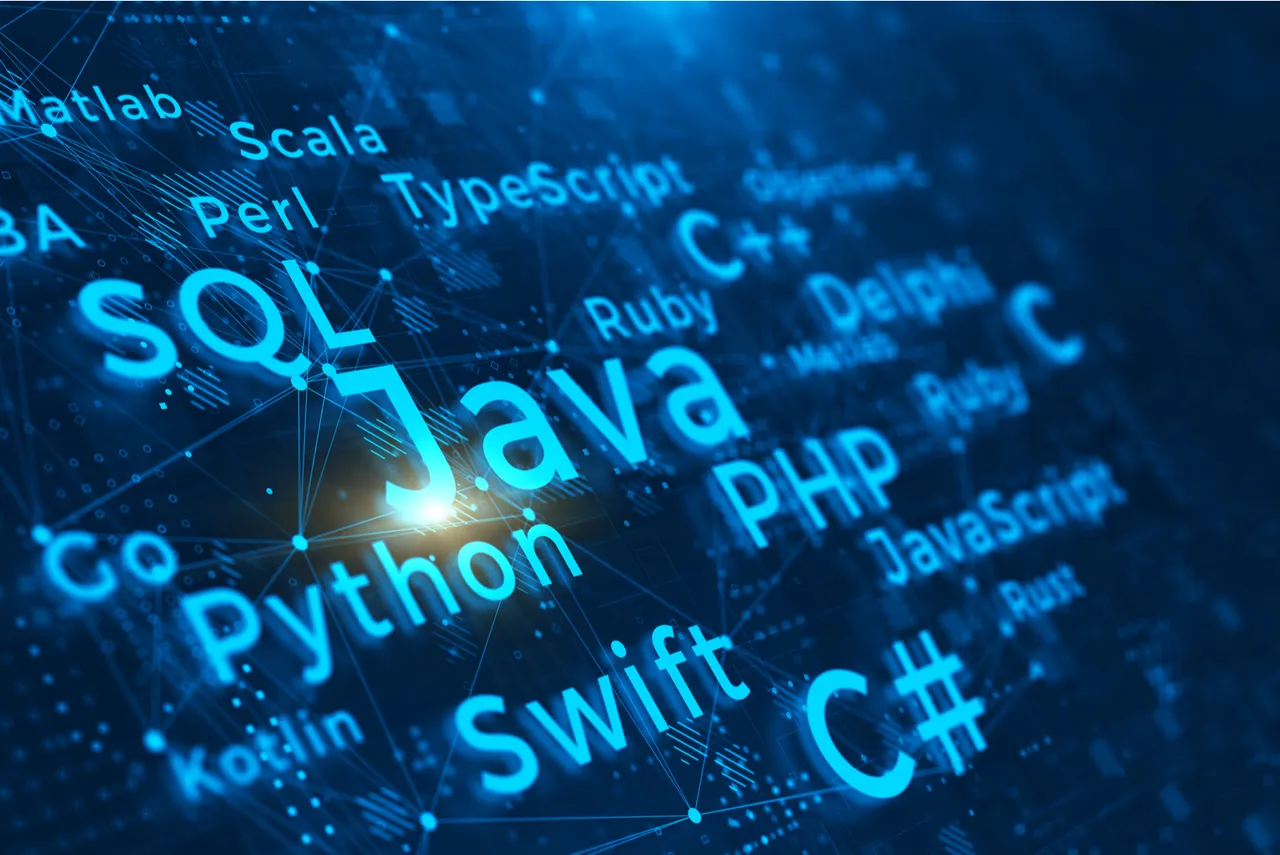Lesson One: Importance of data visualization and data exploration
· Topic 1: Introduction to data visualization and its importance
· Topic 2: Overview of statistics
o Activity 1: Compute mean, median, and variance for the following numbers and explain the difference between mean and median
· Topic 3: A quick way to get a good feeling for your data
· Topic 4: NumPy
o Activity 1: Use NumPy to solve the previous activity
o Activity 2: Indexing, slicing, and iterating
o Activity 3: Filtering, sorting, and grouping
· Topic 5: Pandas
o Activity 1: Repeat the NumPy activities using pandas, what are the advantages and disadvantages of pandas?
Lesson Two: All you need to know about plots
· Topic 1: Choosing the best visualization
· Topic 2: Comparison plots
Line chart
Bar chart
Radar chart
Activity 1: Discussion round about comparison plots
· Topic 3: Relation plots
Scatter plot
Bubble plot
Heatmap
Correlogram
Activity 1: Discussion round about relation plots
· Topic 4: Composition plots
Pie chart
Stacked bar chart
Stacked area chart
Venn diagram
Activity 1: Discussion round about composition plots
· Topic 5: Distribution plots
Histogram
Density plot
Box plot
Violin plot
Activity 1: Discussion round about distribution plots
· Topic 6: Geo plots
· Topic 7: What makes a good plot?
Activity 1: Given a small dataset and a plot, reason about the choice of visualization and presentation and how to improve it
Lesson 3: Introduction to NumPy, Pandas, and Matplotlib
Topic 1: Overview and differences of libraries
Topic 2: Matplotlib
Topic 3: Seaborn
Topic 4: Geo plots with geoplotlib
Topic 5: Interactive plots with bokeh
Lesson 4: Deep Dive into Data Wrangling with Python
Topic 1: Matplotlib
Topic 2: Pyplot basics
Topic 3: Basic plots
Activity 1: Comparison plots: Line, bar, and radar chart
Activity 2: Distribution plots: Histogram, density, and box plot
Activity 3: Relation plots: Scatter and bubble plot
Activity 4: Composition plots: Pie chart, stacked bar chart, stacked area chart, and Venn diagram
Topic 4: Legends
Activity 1: Adding a legend to your plot
Topic 5: Layouts
Activity 1: Displaying multiple plots in one figure
Topic 6: Images
Activity 1: Displaying a single and multiple images
Topic 7: Writing mathematical expressions
Lesson 5: Simplification through Seaborn
Topic 1: From Matplotlib to Seaborn
Topic 2: Controlling figure aesthetics
Activity 1: Line plots with custom aesthetics
Activity 2: Violin plots
Topic 3: Color palettes
Activity 1: Heatmaps with custom color palettes
Topic 4: Multi-plot grids
Activity 1: Scatter multi-plot
Activity 2: Correlogram
Lesson 6: Plotting geospatial data
Topic 1: Geoplotlib basics
Activity: Plotting geospatial data on a map
Activity: Choropleth plot
Topic 2: Tiles providers
Topic 3: Custom layers
Activity: Working with custom layers
Lesson 7: Making things interactive with Bokeh
Topic 1: Bokeh basics
Topic 2: Adding Widgets
Activity 1: Extending plots with widgets
Topic 3: Animated Plots
Activity 1: Animating information
Lesson 8: Combining what we've learned
Topic 1: Recap
Topic 2: Free exercise
Activity 1: Given a new dataset, the students have to decide in small groups which data they want to visualize and which plot is best for the task.
Activity 2: Each group gives a quick presentation about their visualizations.
Lesson 9: Application in real life and Conclusion of course
Applying Your Knowledge to a Real-life Data Wrangling Task
An Extension to Data Wrangling


